ECOSYSTEM
What Does DSO Really Mean?
If you spend any time reading about the energy transition, you will see the acronym DSO. It stands for Distribution System Operator. While the term is used constantly in policy documents and engineering reports, its actual meaning can sometimes get lost in the jargon.
To understand what a DSO is, you first have to understand what we are moving away from.
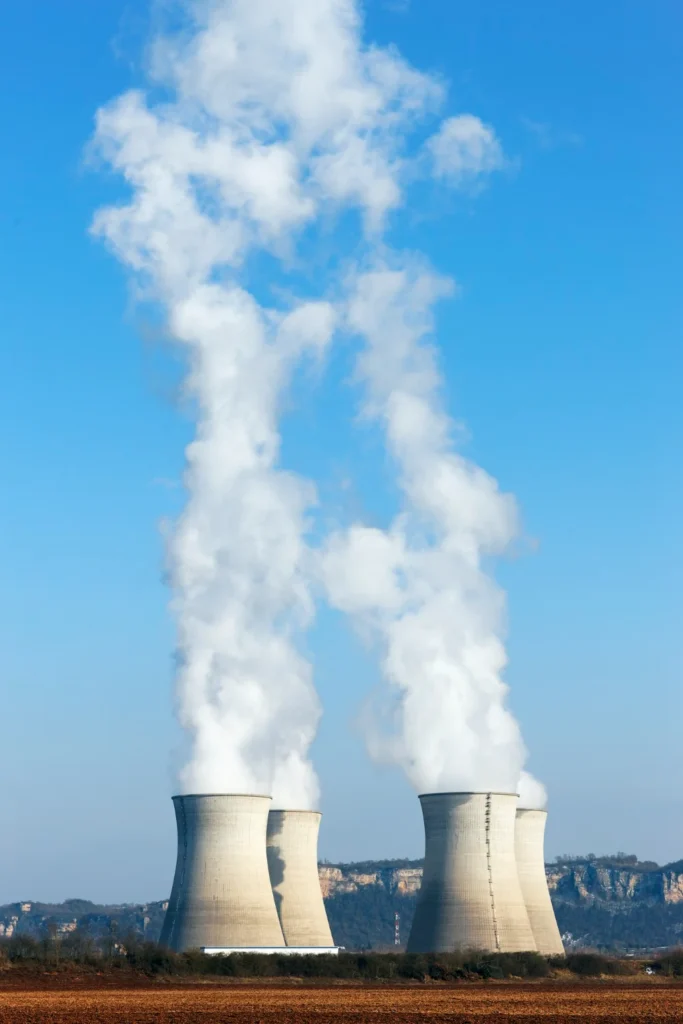
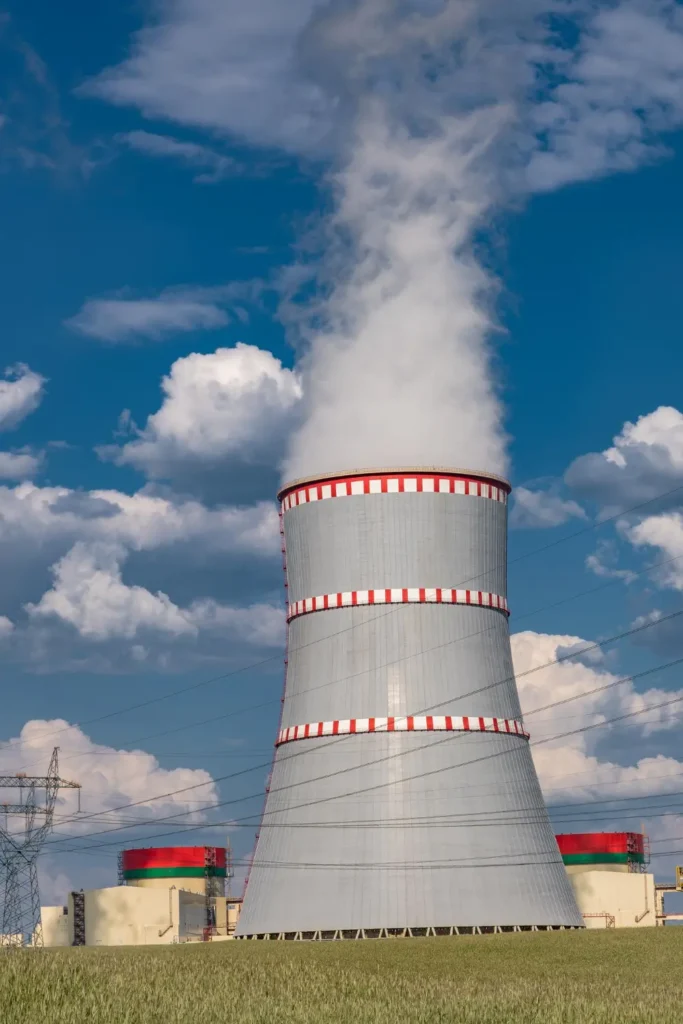
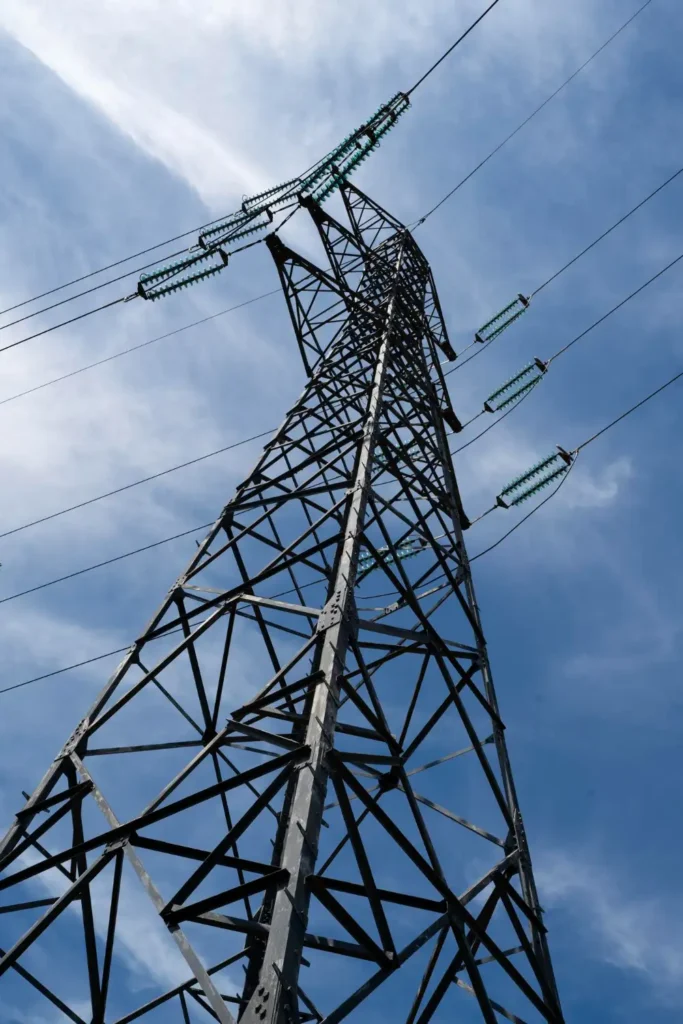
The Old Model: The DNO
For decades, the companies that ran the local power lines were known as Distribution Network Operators (DNOs). Their job was largely passive. They built the towers, laid the cables, and fixed them when they broke.
Think of a DNO like a water company. They provided the pipes. Electricity flowed in one simple direction: from a massive power station, down through the transmission lines, into the distribution network, and finally to your meter. The operator did not have to do much managing. They just ensured the capacity was there.
The New Model: The DSO
The energy world is no longer simple. We now have solar panels on roofs sending power back into the grid. We have electric vehicles plugging in at random times. We have heat pumps replacing gas boilers, driving up electricity demand.
This is where the Distribution System Operator comes in. A DSO is an active manager of the local grid.
Unlike a DNO, which just maintains the wires, a DSO balances supply and demand in real time. They act like a traffic controller. They use smart data to see where power is flowing and make adjustments instantly to keep the lights on.
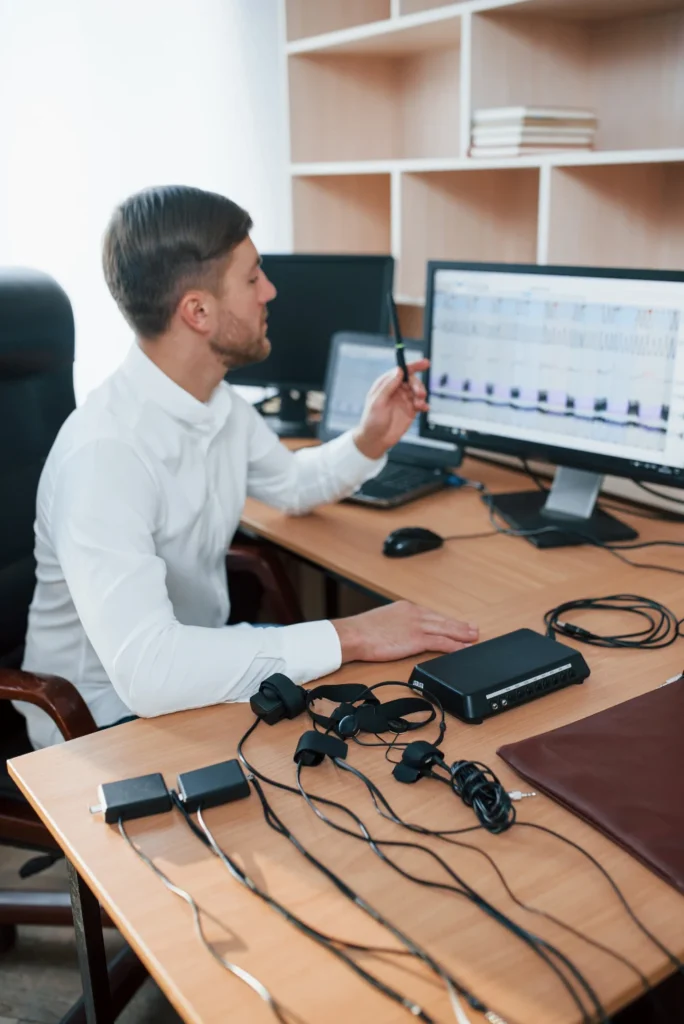
Why the Change Is Happening
Three main factors are forcing this evolution:
- Decarbonization: We are closing coal and gas plants and replacing them with wind and solar. These renewable sources are intermittent. The wind does not always blow when people need to boil a kettle. A DSO manages this variability.
- Decentralization: Power is no longer generated just in big factories. It is generated in fields, on rooftops, and in local batteries. The grid has to handle power flows in two directions.
- Digitization: We now have smart meters and sensors everywhere. A DSO uses this data to make the grid more efficient, rather than just building thicker copper cables to handle peak demand.
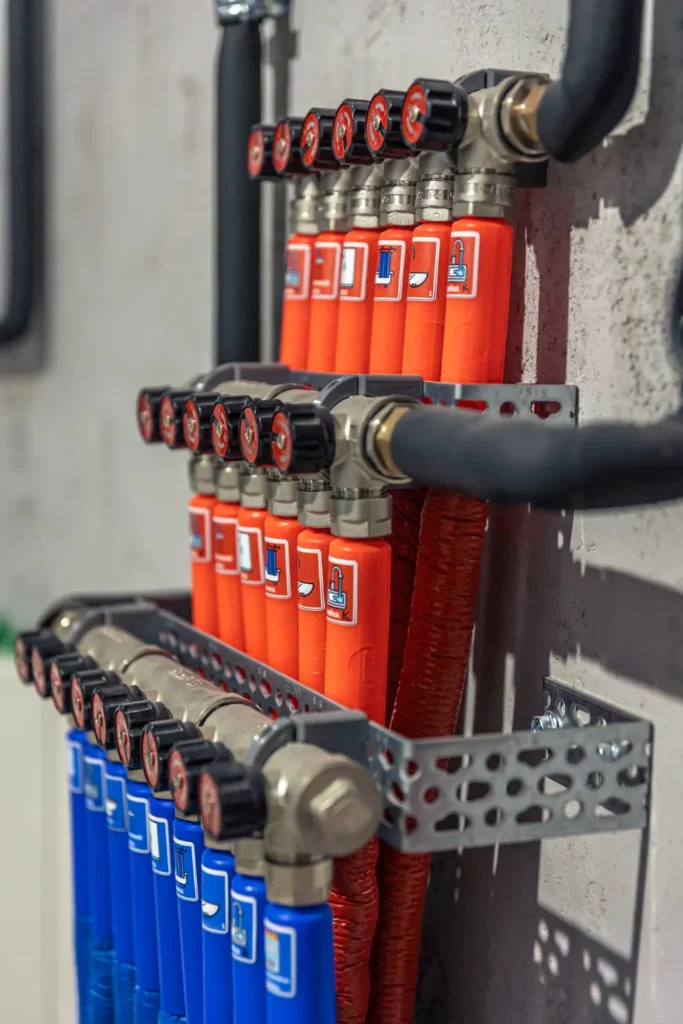
What Does This Mean for Heat?
You might wonder why this matters for the heating sector. The answer lies in electrification. As we move away from gas boilers, more homes are installing electric heat pumps.
This puts a massive new load on the local electricity wires. A traditional DNO might struggle to cope with thousands of heat pumps turning on at 5 PM in January. A smart DSO, however, can manage this load. They might use flexible tariffs or smart signals to smooth out that demand, ensuring homes stay warm without blowing a fuse at the substation.
The Bottom Line

Becoming a DSO is not just a name change. It is a total rethink of how the grid operates. It transforms the network from a dumb pipe into a smart platform. It allows us to integrate more green energy and gives customers more control over how they use power.